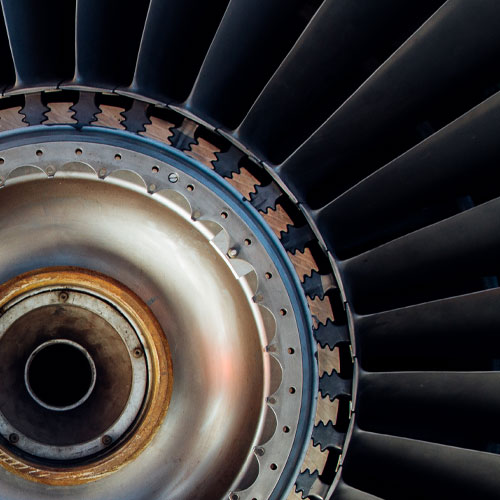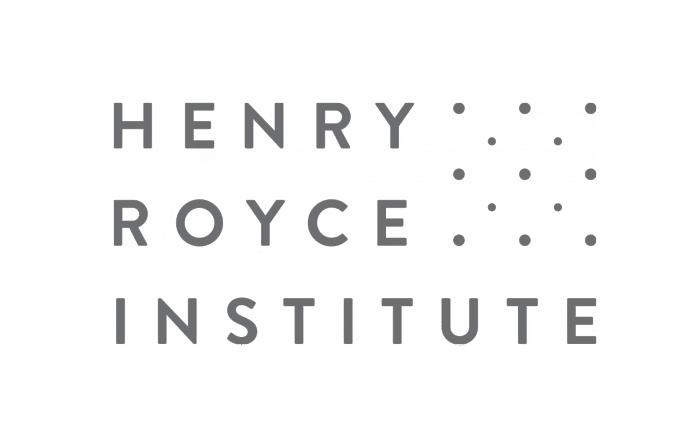This website uses cookies so that we can provide you with the best user experience possible. Cookie information is stored in your browser and performs functions such as recognising you when you return to our website and helping our team to understand which sections of the website you find most interesting and useful.
Heidelberg, MLA150
Direct-write Lithography System
Direct write photolithography system
- Partner:University of Leeds
- Facility:Leeds University Nanotechnology Cleanroom
Or call us now on 0161 275 8382
Detailed Description
Maskless photolithography eliminates the need for a photomask: The system exposes the pattern directly onto the resist-covered surface. Design modifications are implemented by changing the CAD layout. Maximum substrate size: 6” x 6”, substrate thickness: 0.1 to 6 mm. Minimum feature 1 um in S1805. Alignment overlay < 500 nm (three sigma), linewidth variation < 120 nm (three sigma). Basic greyscale mode.
Uses/Applications
Exposing an area of 100 x 100 mm² will take approximately 30 minutes (dose of 50 mJ/cm2). The application areas of the MLA include life sciences, MEMS, micro-optics, semiconductors, sensors, actuators, MOEMS, material research, nano-tubes, and graphene.
375 nm source (2.8 W) suitable for novolac and SU-8 type resists. Active air focus system with 80um dynamic range. 100 nm address grid. 1 um min feature (in 0.5 um thick resist). Stage interferometer resolution 20 nm. Minimum substrate size 5 x 5 mm, maximum substrate size 200 mm wafer. Maximum write area 150 mm x 150 mm. Overlay accuracy < 500 nm, LER < 120 nm. minimum substrate thickness 0.15 mm, maximum 6 mm. System housed in dedicated environmental enclosure (class 10, +/-0.1 deg C stability). Grey scale mode by multipass writing.

